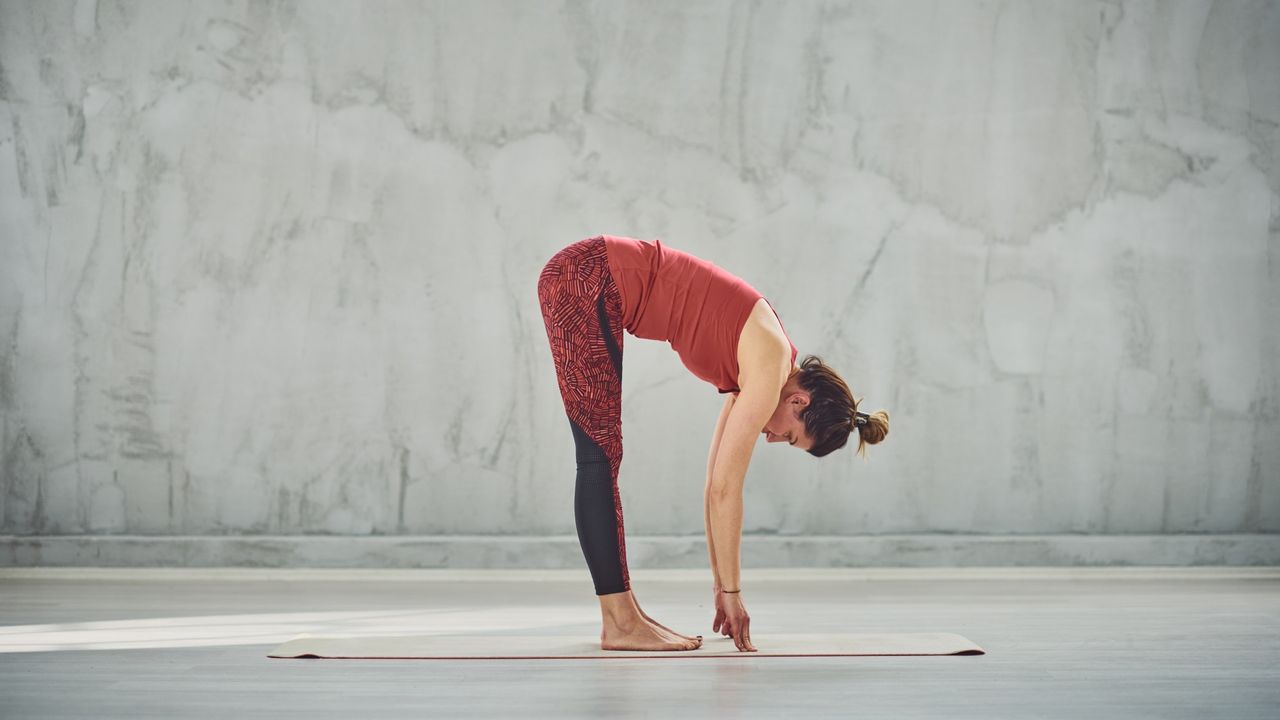The Pilates roll-down, a fundamental exercise in the Pilates method, is gaining recognition as an effective two-minute routine to enhance spinal mobility and overall well-being. According to Abby McLachlan, founder of the Pilates and yoga studio East of Eden, this movement not only boosts posture but also alleviates tension, making it a valuable addition to any fitness routine.
The roll-down offers a gentle articulation of the spine that engages core muscles while promoting a calming reset. McLachlan emphasizes that this exercise can be performed at the start or end of a Pilates session, creating a focused mindset for the day ahead or winding down after a workout.
How to Perform the Pilates Roll-Down
Executing the roll-down is straightforward, but certain techniques can enhance its effectiveness. The exercise begins with standing upright and involves a gradual forward motion of the spine. Here’s how to perform the roll-down correctly:
1. Stand with feet hip-distance apart.
2. Begin by tucking your chin and articulating your spine forward, allowing your arms to hang loosely.
3. Slowly lower your fingertips towards the floor, bending your knees as needed until you reach a full forward fold.
4. Hold the position and focus on your breath.
McLachlan notes that the roll-down is part of a larger sequence in the original 34 exercises developed by Joseph Pilates, often paired with a push-up once on the floor. Today, it serves as a versatile tool for resetting the spine and enhancing overall mobility.
Benefits of the Pilates Roll-Down
The roll-down is particularly beneficial for spinal flexion and mobility. McLachlan explains, “It also engages the abdominals to control the movement, which can alleviate back and neck tension.” Enhanced posture and alignment are additional advantages, providing practitioners with insights into their movement patterns during the exercise.
To ensure proper form, McLachlan recommends several key tips. Maintain even pressure across your feet, keeping them hip-width apart. Your knees should remain soft and not hyper-extended. Engage your core by drawing your ribs in and down, and remember to tuck your chin slightly to keep your head aligned with your spine.
Breathing plays a crucial role in this exercise. McLachlan advises practitioners to inhale through the nose, expanding the ribs laterally, and to exhale with the feeling of tightening a corset around the ribs, engaging the pelvic floor. This focus on breath can greatly enhance the effectiveness of the roll-down.
For those wondering about the impact of daily Pilates practice, McLachlan states, “Daily Pilates can improve posture, core strength, stability, and overall mobility and flexibility.” The emphasis on breathing can lead to better breathing patterns, reduced stress, and improved sleep quality. While rest days are important, gentle movements like roll-downs can still be incorporated even when taking a break from more intense workouts.
In just a few minutes, performing three repetitions of the roll-down can yield significant benefits, making it a quick and effective way to promote spinal health and overall well-being.
